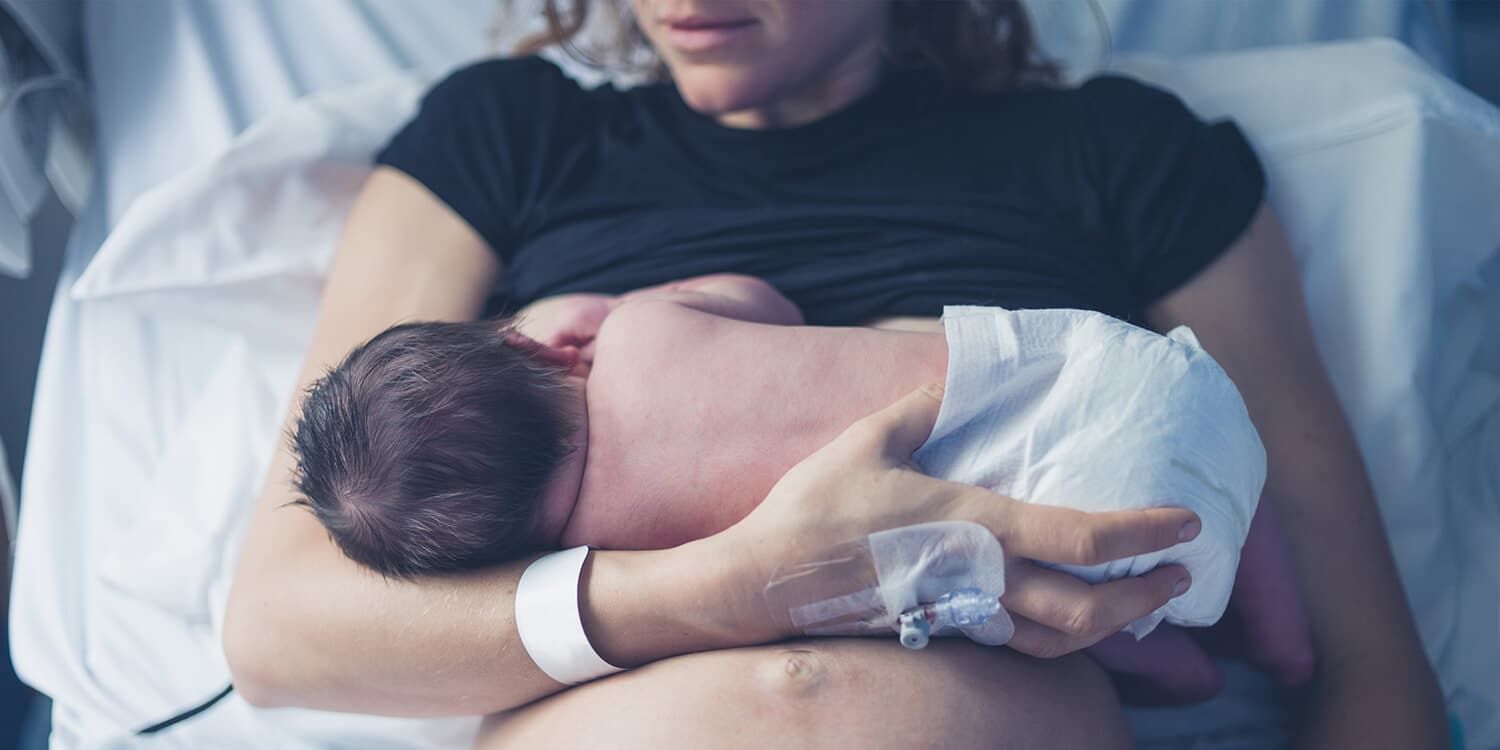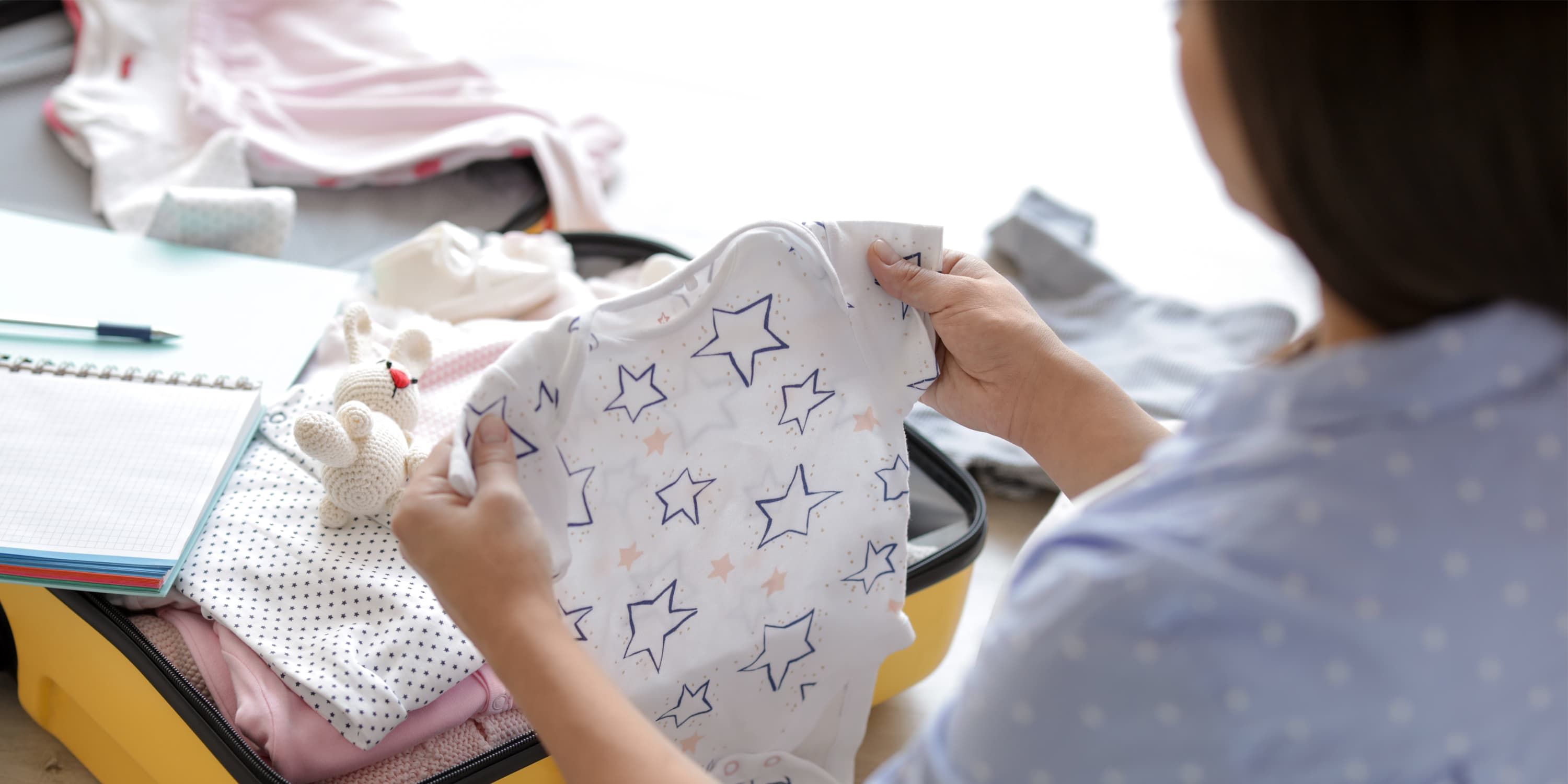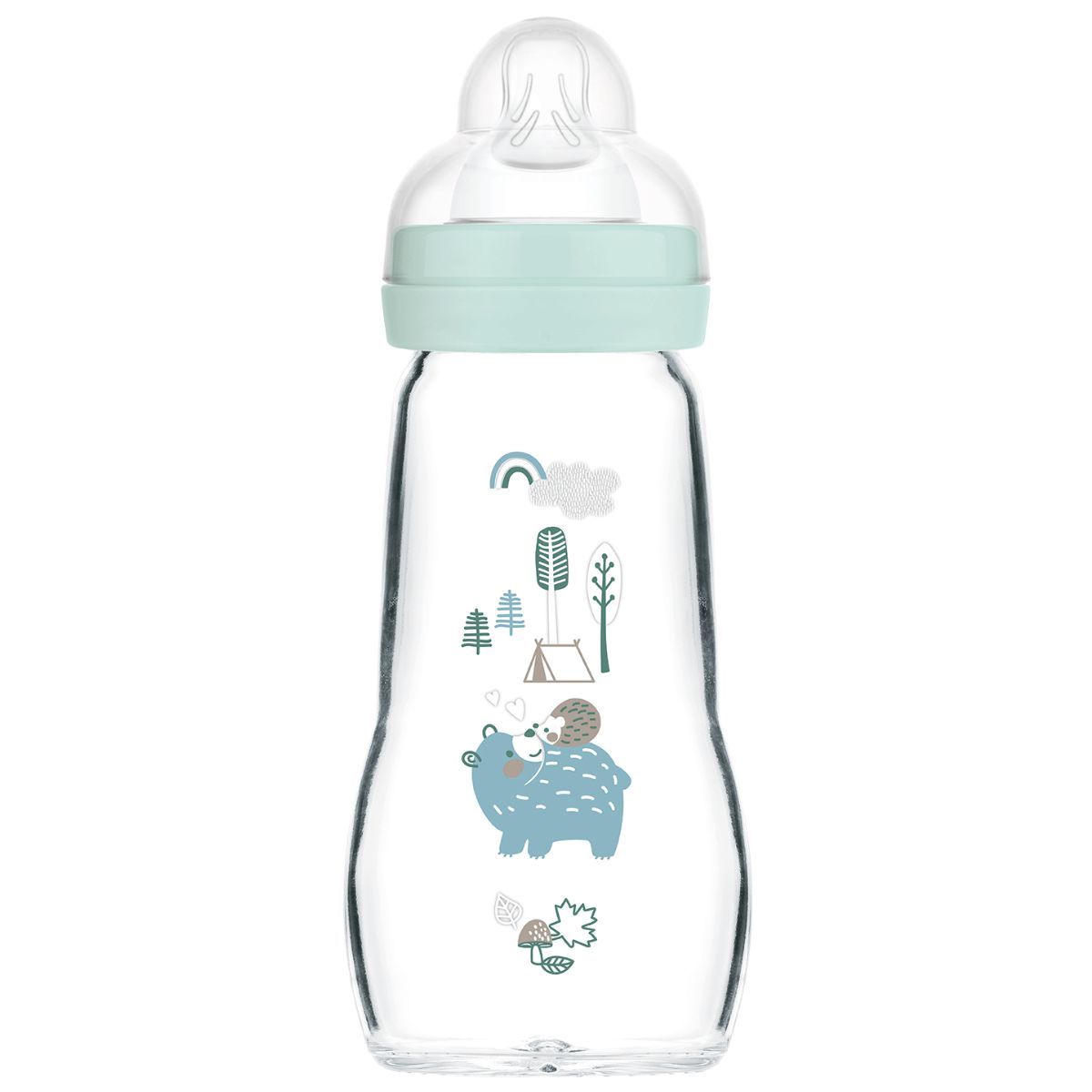As the pregnancy progresses and baby's due date gets closer, many women find there are so many questions whirling around in their head. These almost certainly include what will my birth be like, how smoothly will it go, and how bad will the contractions actually be? So in this article we will explain a little about the individual birth stages and provide you with some general information about contractions.
Birth Stages
The birth is divided into three different stages. The dilation stage, the delivery stage, and the afterbirth stage. These birth stages are defined differently because they describe various periods and processes that occur during the birth.
The Dilation Stage
The dilation stage is further divided into two different phases. The first is the latent phase, while the second is the active dilation phase. The latent phase begins when the birth starts, in other words when regular, painful, and progressive contraction activity starts. Once the cervix is 4–6 centimeters dilated, you will transition to the active dilation phase. This describes the period from when the cervix is 4-6 cm dilated until it is fully dilated to 10 cm.
The Delivery Stage
The delivery stage is also further divided into two different phases. These are the latent passive delivery phase and the active late delivery phase.
The latent passive delivery phase starts when the cervix is fully dilated to 10 cm and the baby begins to turn through the pelvis and into the birth canal. In this phase you will not yet be feeling the urge to actively push. That won't happen until you enter the next phase – active late delivery. This is when you will start to feel a reflexive urge to push as this actively helps the child to be born.
The Afterbirth Stage
The final stage of the birth is known as the afterbirth stage. A lot of people do not realize that the birth as such has not yet ended at this point for the obstetricians, even though the baby has actually been delivered. That does not happen until the placenta (afterbirth) has been fully expelled together with its amniotic membranes. This can take up to one hour.










